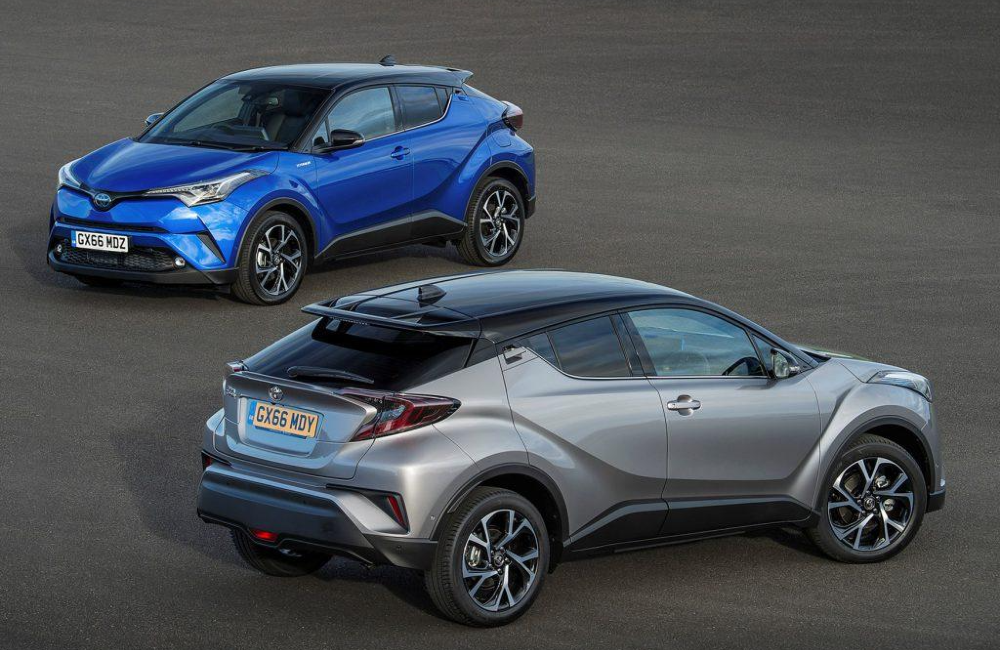Should you drive a gas or a hybrid vehicle? If you’re not ready for the EV world, you’ll want to know the advantages of gas and hybrid vehicles.
Gas vehicles have been around for more than 100 years and are what we traditionally think of as regular ICE vehicles. That said, these cars come in many sizes and sizes with various engine builds and power levels. Some gas-powered vehicles have turbochargers, others have superchargers, but many don’t have either and are called naturally aspirated.
Hybrid cars have electric motors to assist the gas engine. Traditional hybrid cars don’t need to be plugged in and use power generated by the car to charge a small battery that powers the electric motor. Some hybrids are plug-in models that have larger batteries and can drive for several miles on electric-only power.
What are the advantages of these vehicle types?
What does a hybrid car offer?
Mild Hybrid
Hybrid cars use a gas-powered engine and some form of electric assistance. The electric assistance aspect is the greatest difference between gas and hybrid vehicles. Some hybrids are called mild hybrid models, which use small motors to replace an engine’s alternator with a motor generator to utilize energy captured while driving. These mild hybrid models boost the power of the engine during acceleration and towing while also making the powertrain slightly more efficient.
Traditional Hybrid
A traditional hybrid vehicle has at least one electric motor included in the powertrain. This electric motor is usually placed within the transmission or between the transmission and the engine. These electric motors are more robust than the system included in a mild hybrid system. This means a traditional hybrid is made to capture more energy through regenerative braking, which adds more power to the gas engine that’s part of the package.
The electric assist portion of a traditional hybrid is much more noticeable than that of a mild hybrid. Often, you can feel the system switch between the gas-only and electric-only portions of the vehicle.
Plug-In Hybrid
Plug-in hybrid electric vehicles combine the benefits of hybrid powertrains with the electric-only driving of an EV. These hybrids are plugged into a charging port to recharge the onboard batteries. Regular hybrids, mild hybrids, and gas vehicles don’t require plugging into an electric source to recharge the batteries.
The battery system of a PHEV is larger and has more capacity than a standard hybrid, which enables the PHEV to travel for a specified distance on electric power alone.
What’s the most popular hybrid car?
The immediate answer when asked this question is the Toyota Prius. In today’s market, the Prius is offered in both traditional and PHEV hybrid styles. The regular Prius has more power than any model before it, but the Prius Prime, which is the PHEV model, has more power than the traditional Prius.
What do gas-powered cars offer?
Gas-powered cars, also referred to as ICE models for Internal Combustion Engine, are the cars that we’re used to and have driven for many years. These vehicles do without an additional high-voltage battery which means they have simpler designs and systems to make them easier to maintain and repair. More moving parts means more potential for maintenance and for items to break.
Some traditional gas-powered cars offer versions with both gas and hybrid powertrains, giving shoppers some great choices. Some models that offer these options are the Honda CR-V, Kia Sportage, and BMW 3 Series. More automakers are moving toward hybrid models, adding hybrid versions of their traditional models than ever before.
These non-hybrid cars are lighter and provide a more traditional driving experience with no switching between hybrid and gas modes, which can take some getting used to. Additionally gas vehicles are more common in larger models, with very few large SUVs and trucks offering hybrid powertrains.
Which type of vehicle should you drive?
Choosing between gas and hybrid vehicles has a lot more to do with the car you’re considering than it does with the powertrain preference. Some brands are moving to strictly hybrid powertrains, which means if you want to drive a vehicle from that brand, you must choose a hybrid powertrain. Hybrid models help meet stricter emissions goals.
When it comes to the vehicle you drive, it’s a personal choice, but also a choice of availability. There may come a time when traditional gas-powered vehicles are no longer offered and only hybrid models exist. If you keep an open mind about the vehicle and how its powered, you might enjoy driving a hybrid more than a traditional vehicle and enjoy the extra fuel mileage savings.
This post may contain affiliate links. Meaning a commission is given should you decide to make a purchase through these links, at no cost to you. All products shown are researched and tested to give an accurate review for you.

